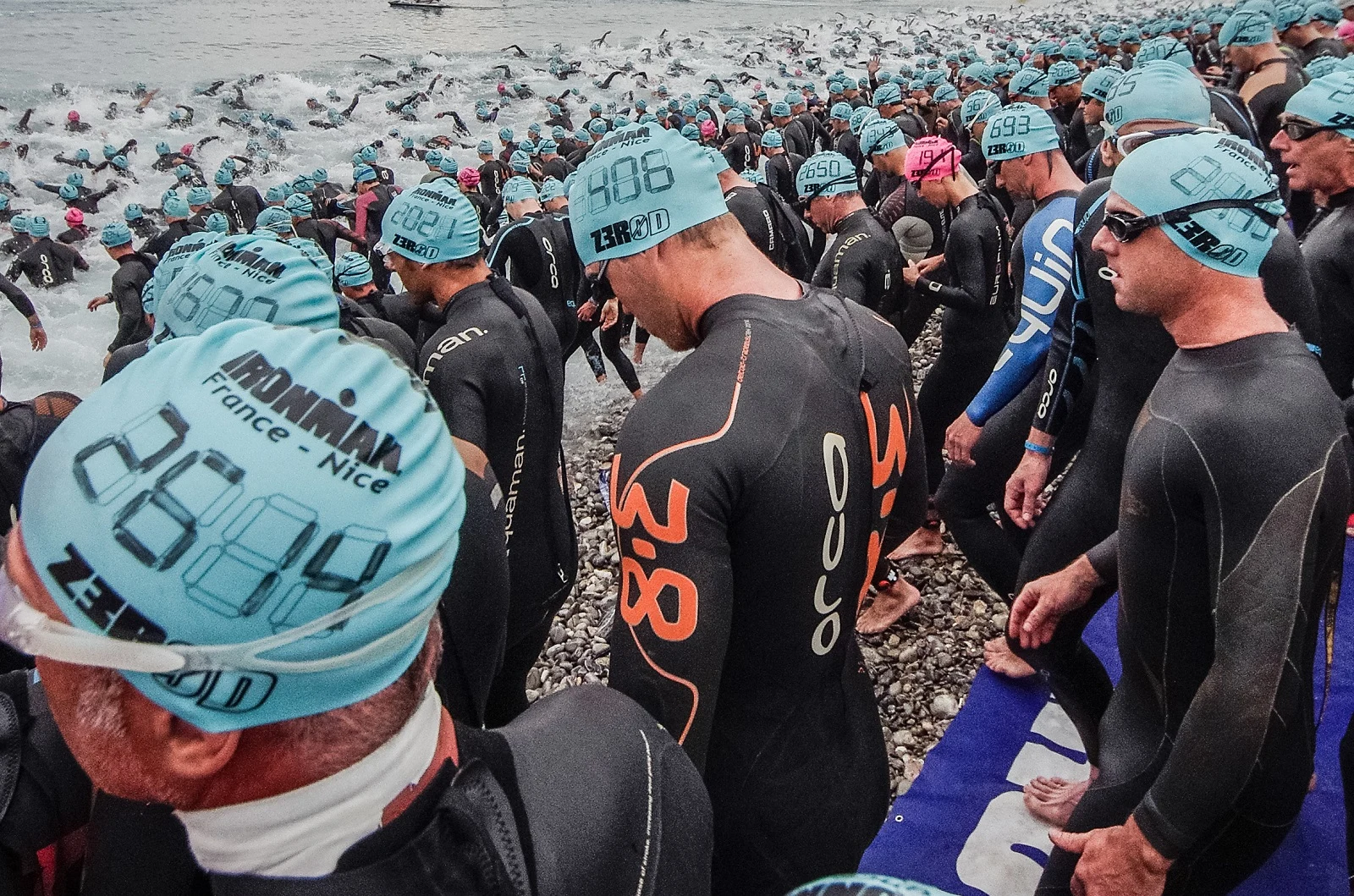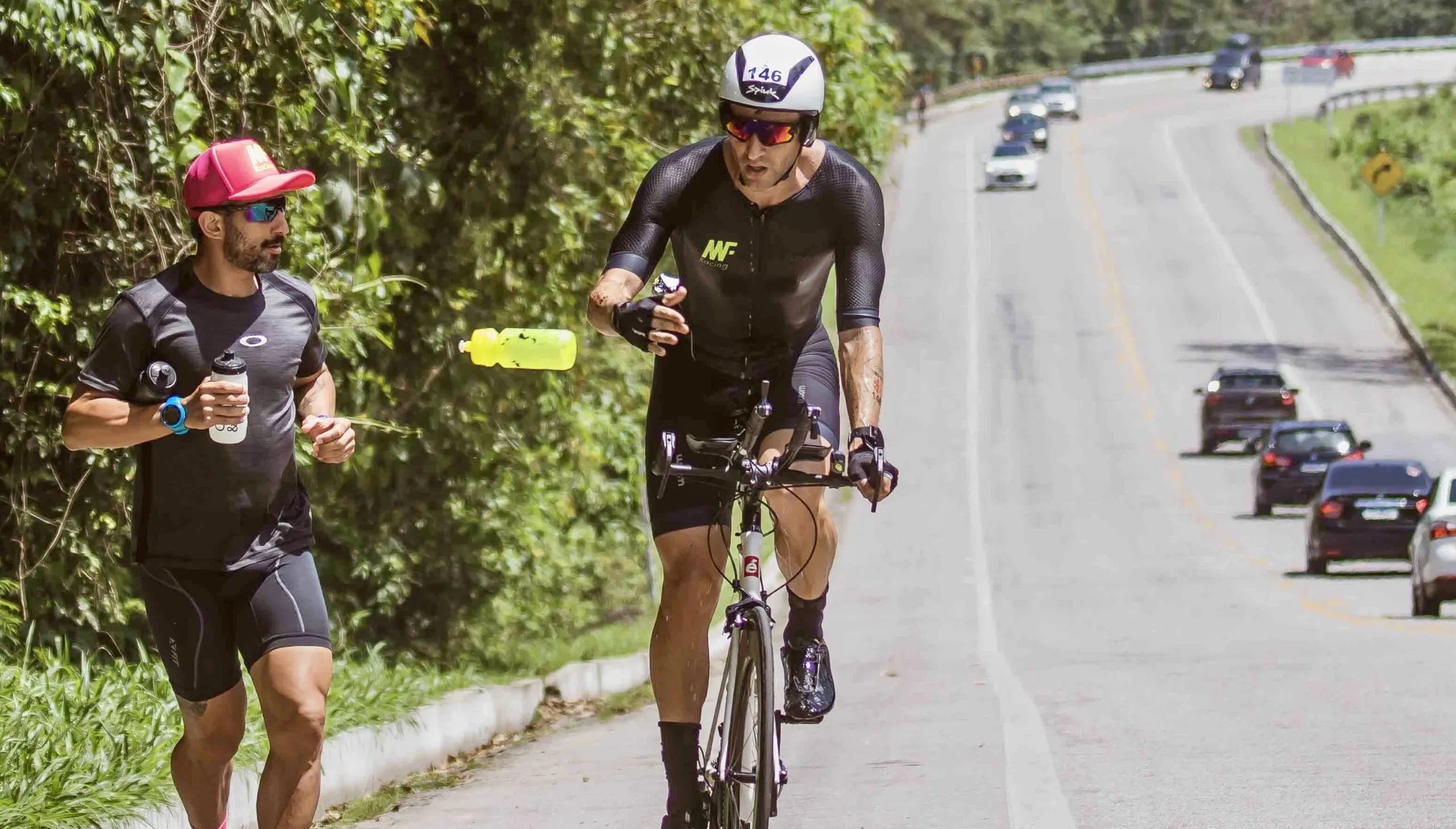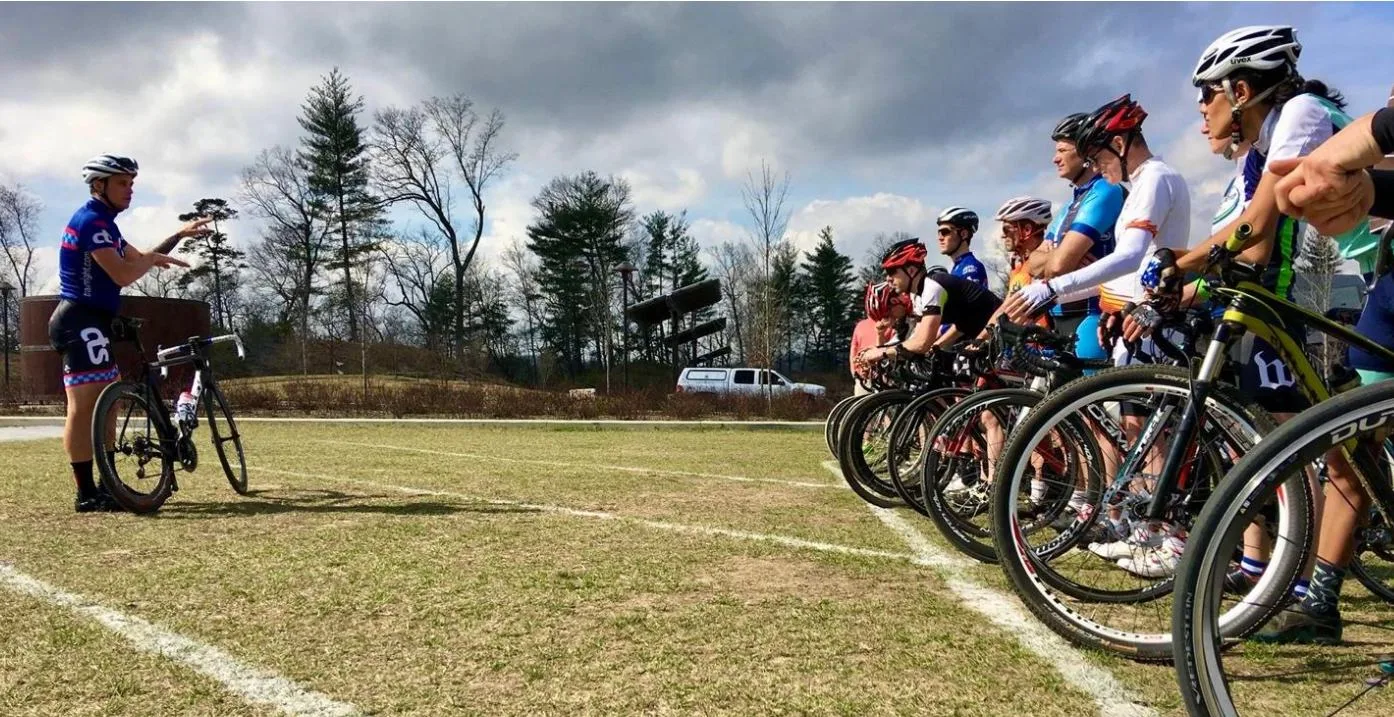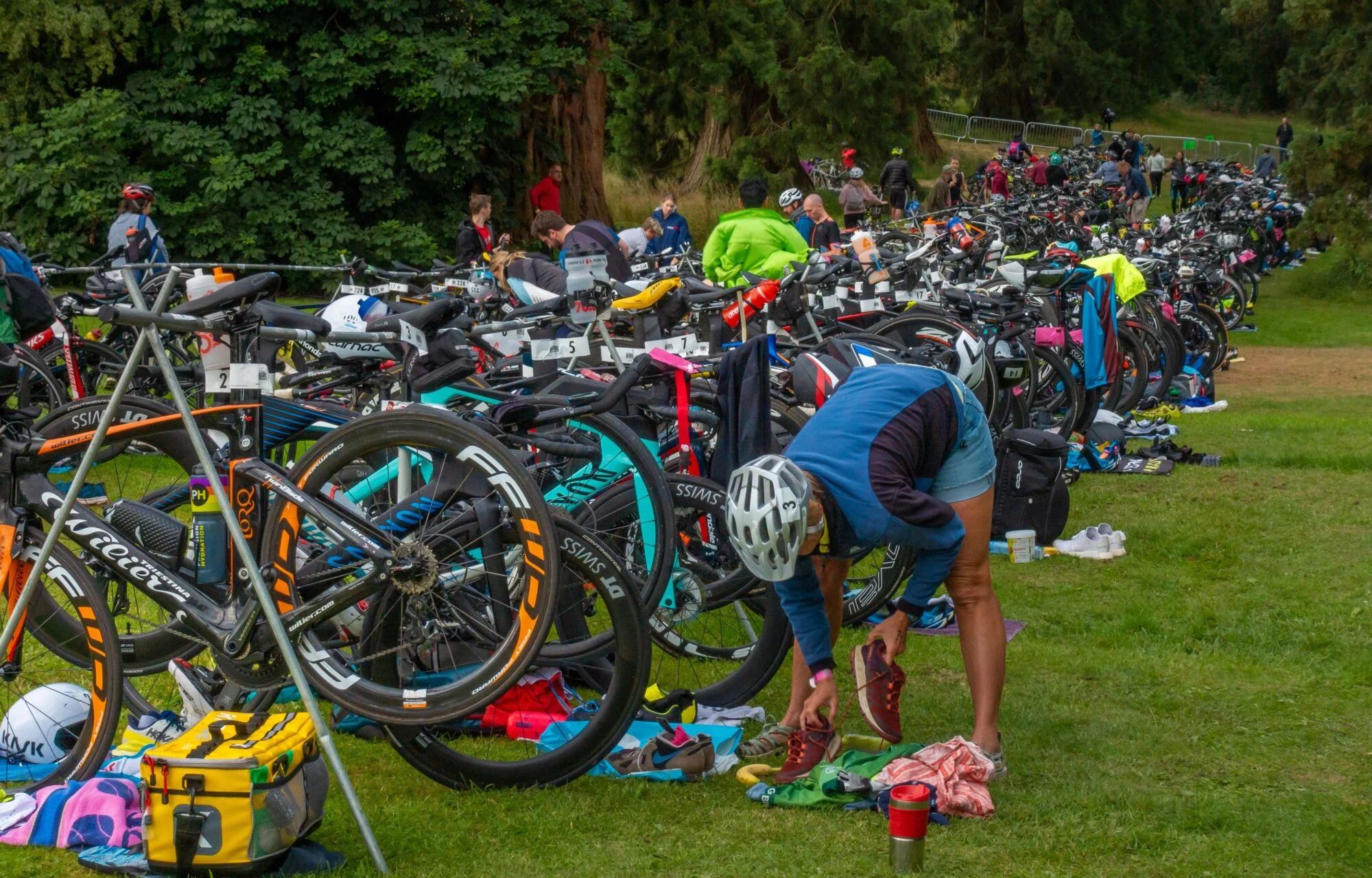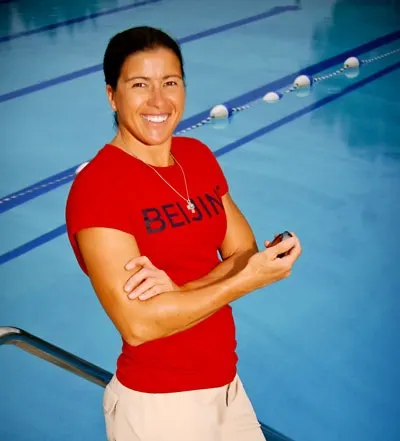How to Leverage Brick Workouts in Your Triathlon Training
In our sport of triathlon, there are 3 sports on race day: swimming, biking, and running. One way we can be stronger and more prepared on race day is by combining two sports back to back. The most common way of going about this is doing a workout that is a bike session straight into a run session. This type of workout is called a “Brick” While it is easier to say “Brick Workout” instead of “Bike into run session”.











